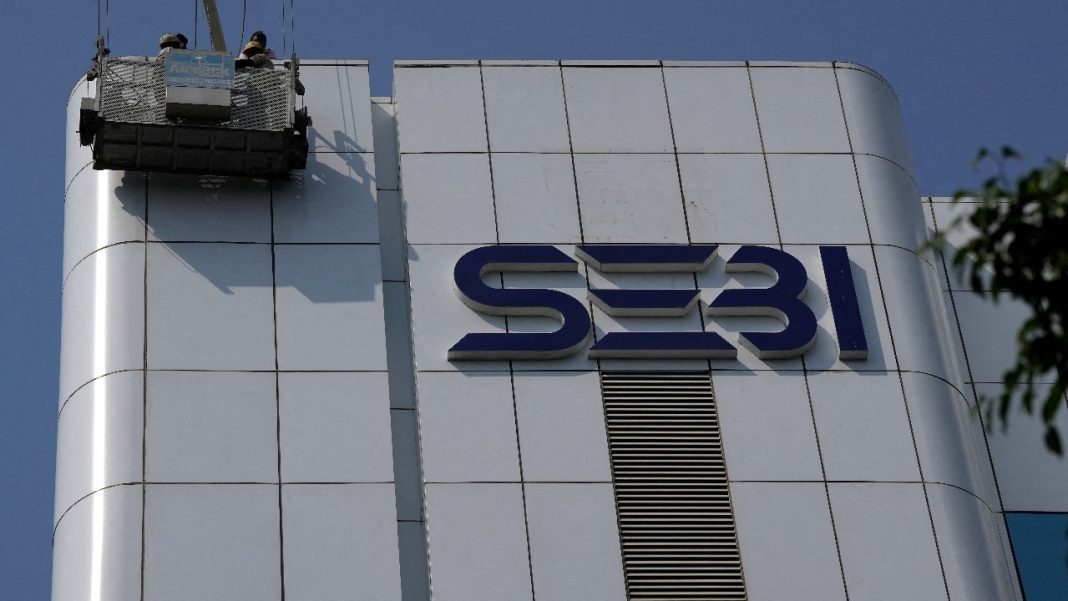Key Takeaways
- Lenskart’s heavily subscribed IPO has reignited debate about inflated valuations
- Several recent IPOs have listed below issue price, signaling potential overvaluation
- Experts question whether SEBI should intervene more actively in IPO pricing
- Retail investors face significant risks when chasing hype over fundamentals
The debate over inflated IPO valuations has intensified in India’s primary market, with Lenskart’s recent public offering drawing attention for its aggressive pricing. Despite heavy subscription, experts question whether investor enthusiasm reflects genuine confidence or market hype.
Multiple high-profile IPOs have listed below their issue price in recent months, raising concerns about valuation practices and their impact on retail investors.
“The Lenskart IPO saw an overwhelming rush from investors across the board. That said, while the numbers look stellar on paper, such heavy oversubscription often reflects short-term market excitement rather than deep conviction in the company’s fundamentals,” said Gaurav Garg, Research Analyst at Lemonn Markets Desk.
Should SEBI Intervene in IPO Valuations?
Market experts are divided on whether SEBI should play a more active role in managing IPO valuations. Currently, the regulator focuses on transparency and disclosure rather than dictating pricing.
“Currently, Sebi’s responsibility is to guarantee complete transparency and disclosure rather than determining IPO valuations. Indian markets have moved from a price-controlled system to one based on disclosure,” said Trivesh, COO of Tradejini.
However, he noted that most retail investors don’t read or understand complex financial documents, suggesting some pricing controls could protect investor interests.
The Reality Check: IPOs Listing Below Issue Price
The trend of IPOs listing below their offering price indicates that valuations may be running ahead of fundamentals.
“Many IPOs listing below issue price show that valuations are running ahead of reality. A lot of retail investors chase grey market buzz or social media hype rather than studying the fundamentals,” Trivesh explained.
This pattern of excessive optimism during IPO pricing often leads to disappointment when shares begin trading, potentially damaging long-term market confidence.
How IPO Pricing Actually Works
Investment bankers and promoters use two primary methods for IPO pricing:
- Book-building: Price determined by investor demand within a specified band
- Fixed price: Price set before the offering begins
“Bankers look at peer multiples, growth prospects, and investor sentiment before they set the price range so as to make it attractive enough to raise capital and still leave some room for listing gains,” said Trivesh.
Protecting Retail Investors
Inflated valuations pose significant risks to retail investors who often enter IPO markets with high expectations of quick gains.
“Definitely, inflated valuations will hurt retail investors’ long-term market confidence. Introducing a mechanism to balance investor protection and market freedom would be a welcome improvement,” Trivesh emphasized.
Potential Regulatory Improvements
While SEBI has established a robust disclosure framework, experts suggest several enhancements:
- Standardized peer comparisons for better valuation understanding
- Enhanced post-listing tracking of IPO proceeds utilization
- Mechanisms to balance investor protection with market freedom
“Enhanced post-listing tracking of IPO proceeds utilisation could reinforce accountability. Some action can be initiated by Sebi the way it reduced the number of weekly F&O expiries for safeguarding retail investors,” Trivesh suggested.
The valuation debate comes amid record retail participation in Indian equity markets, with the mismatch between hype and fundamentals raising sustainability concerns.




